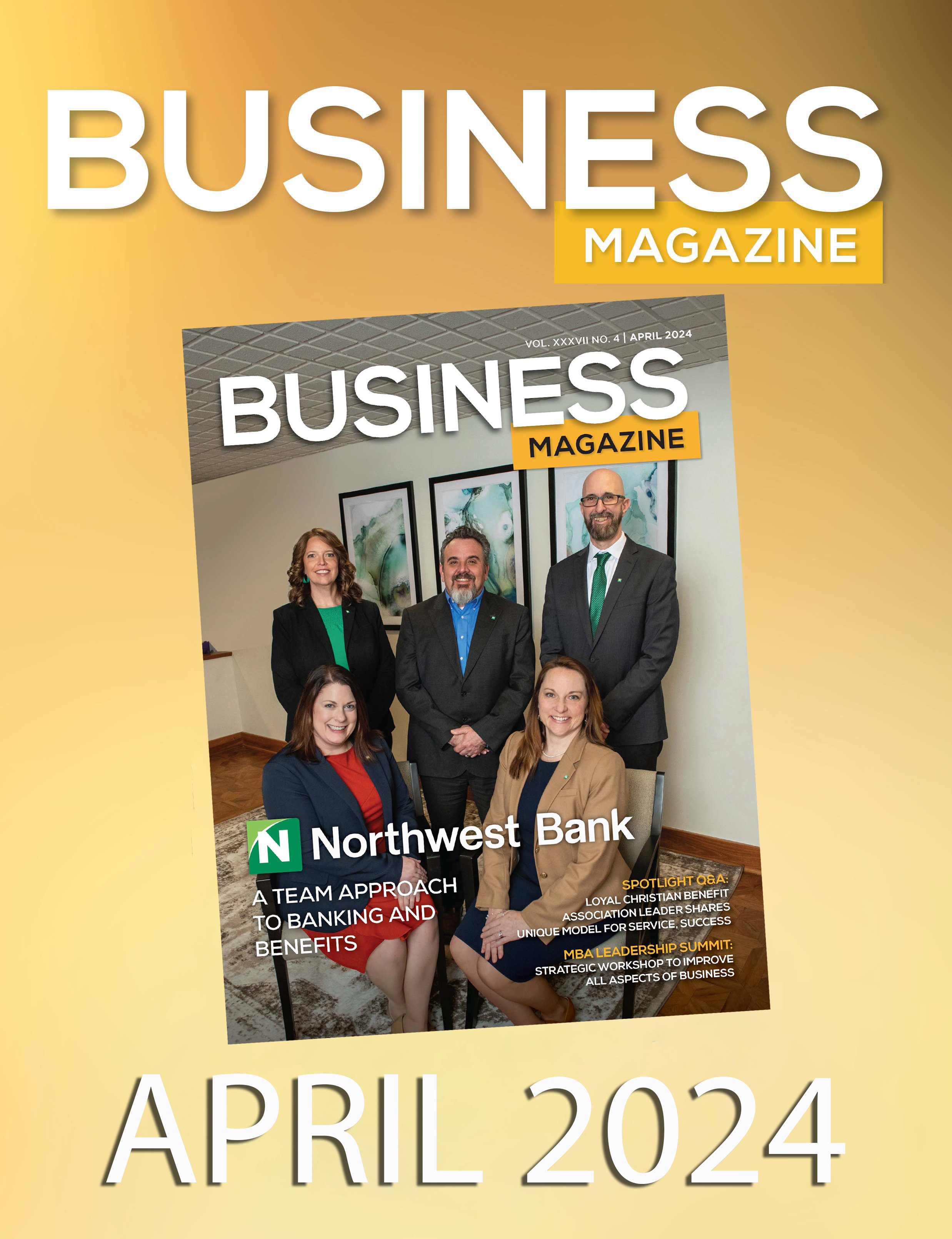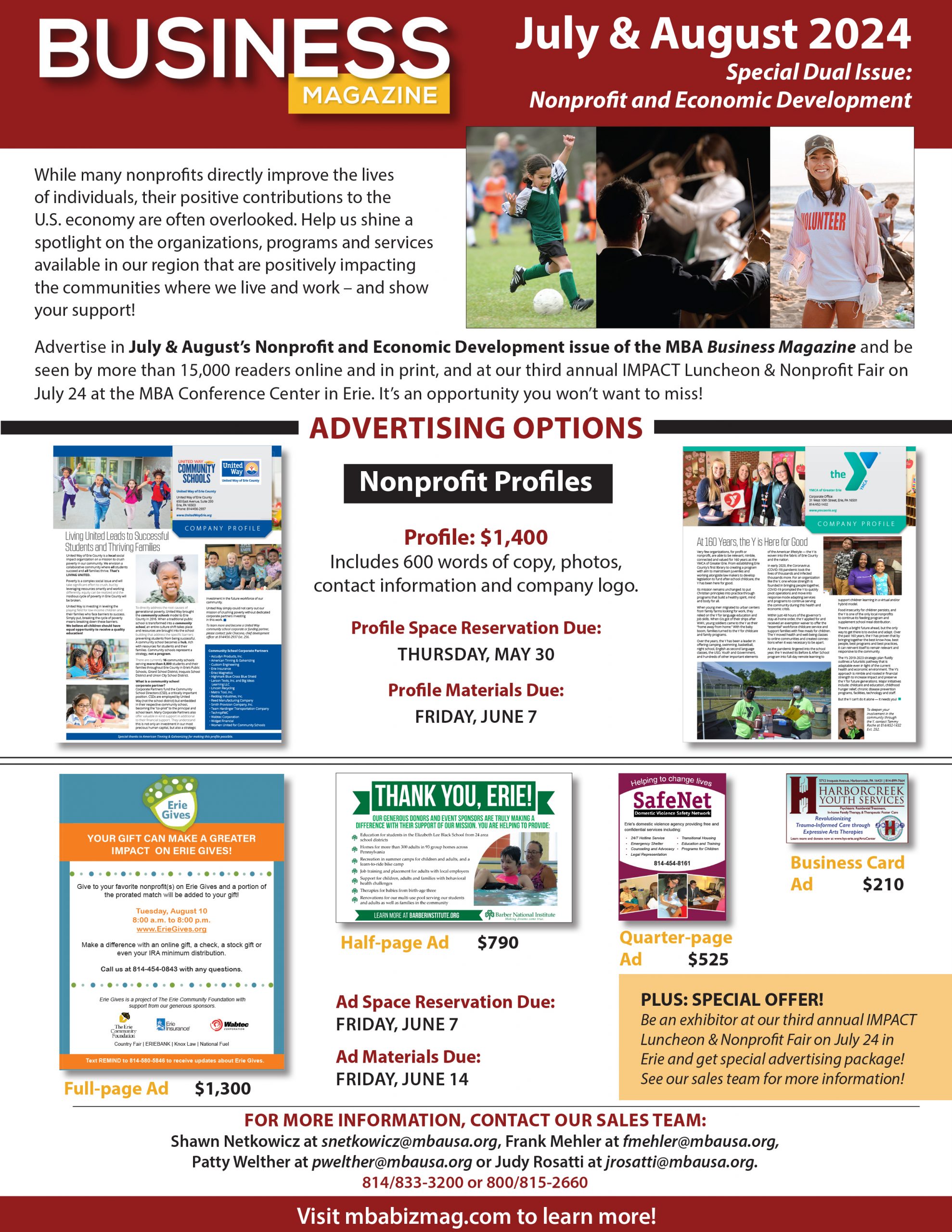David Weir is the president of UPMC WorkPartners, that provides health and productivity solutions to high-performing companies throughout the United States. Its suite of services includes workers’ compensation, absence management, employee assistance programs, employer health services, health management and wellness, and consulting services. UPMC WorkPartners is part of the UPMC Insurance Services Division.
Bottom line is, paying your employees to get healthier can get results, and it’s worth the investment. When employers offer incentives, for example, employee participation in health/wellness programs typically significantly increases. So it’s no surprise that incentivized wellness programs are becoming more popular each year, with some estimating that as many as 70 percent of large employers are currently offering financial incentives with their wellness program.
The question remains, however, which incentive strategies are right for your organization, and which aren’t? Below are some considerations for employers looking to implement an effective health management and wellness incentive strategy.
The carrot or the stick? As mentioned above, incentives can be effective in shaping certain health behaviors. Rewards, or “carrots,” as well as penalties, or “sticks,” can be effective in certain situations. Behavioral economics research suggests that loss aversion may provide greater motivation to change than a positive gain of similar value; however, one must balance that potential gain with the type of incentive that would fit best in an employer’s culture. One must also carefully weigh the risks posed to the program from an employee and public perception perspective.
Make the task clear and offer an incentive that is proportional to the task. Smaller and simple incentives tend to work best for one-time tasks, such as taking a health risk assessment or getting a health screening. These are single, standalone actions. Incentives successful at helping employees with ongoing, sustained behavior change, such as completing a multi-session behavior change program or achieving a certain health outcome, require higher value incentives and more sophisticated, periodic delivery to be effective.
Award incentives early and often for multiple actions or more difficult tasks. When incentives work for promoting longer-term behavior change, it’s usually because individuals are awarded immediately and frequently — for example, at the start of the program, halfway through, and again at program completion. Individuals will tend to discount the value of the incentive if they perceive it to be too far in the future.
Get the word out loud and clear. Strongly communicating your incentive strategy to employees is key. Regarding health risk assessment completion, for example, one study demonstrated that strong communication could increase participation by as much as 25 percent, given the same type (non-cash, cash, or benefit integrated incentive) and denomination of incentive.
Leverage the “fun” factor with healthy competitions and reward drawings. Tap into your leaderships’ and your employees’ competitive side by leveraging performance-based drawings and rewards throughout your incentive campaign. This has been shown to drive higher rates of participation for equivalent amounts of investment. One way to accomplish this is to structure quarterly drawings for individuals who achieve a certain level of participation to qualify. Setting these qualifications slightly higher each quarter can push individuals to participate earlier and more often throughout the program year.
Build an environment and culture that is conducive to improving health. As you’re setting your incentive strategy, don’t overlook the opportunity to maximize the investment by instituting supportive environmental and cultural changes that will align with your health objectives. These changes are often very low or no cost, but can pay dividends in the participation and overall success of your program. Simply showing visible leadership support for the initiatives through a CEO letter or video, or through visible senior leadership participation in the activities can significantly improve employee participation.
For more information, visit www.workpartners.com.













